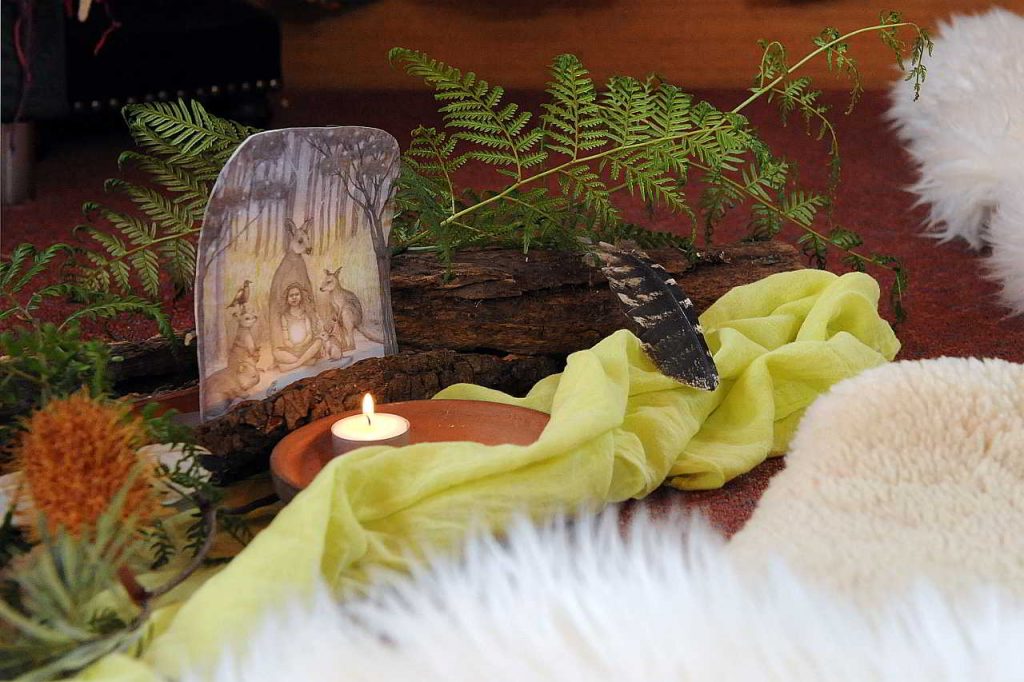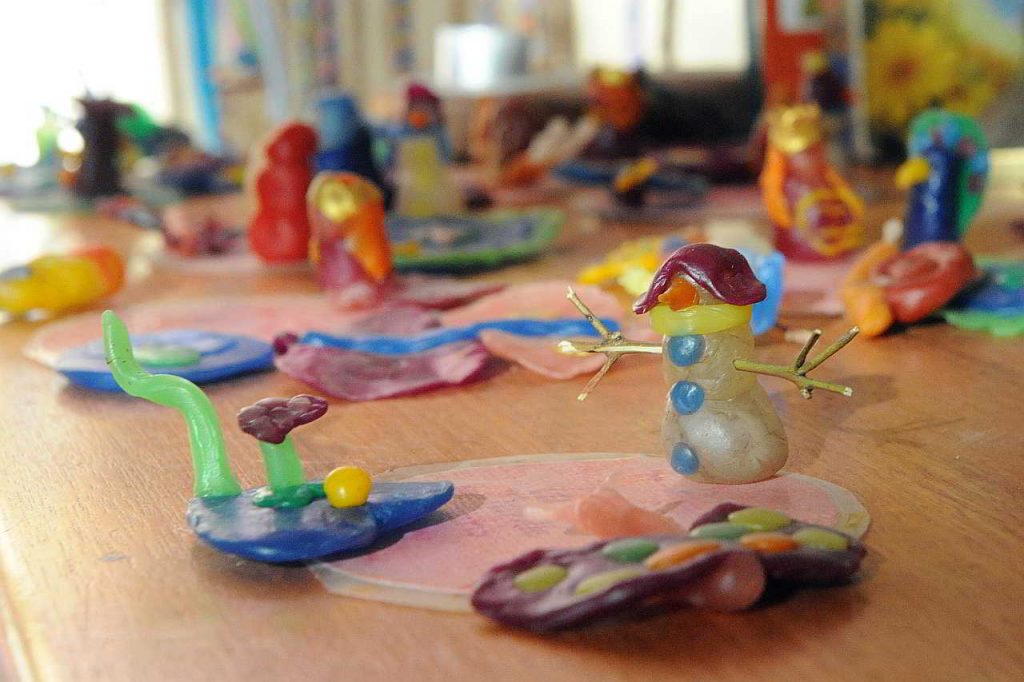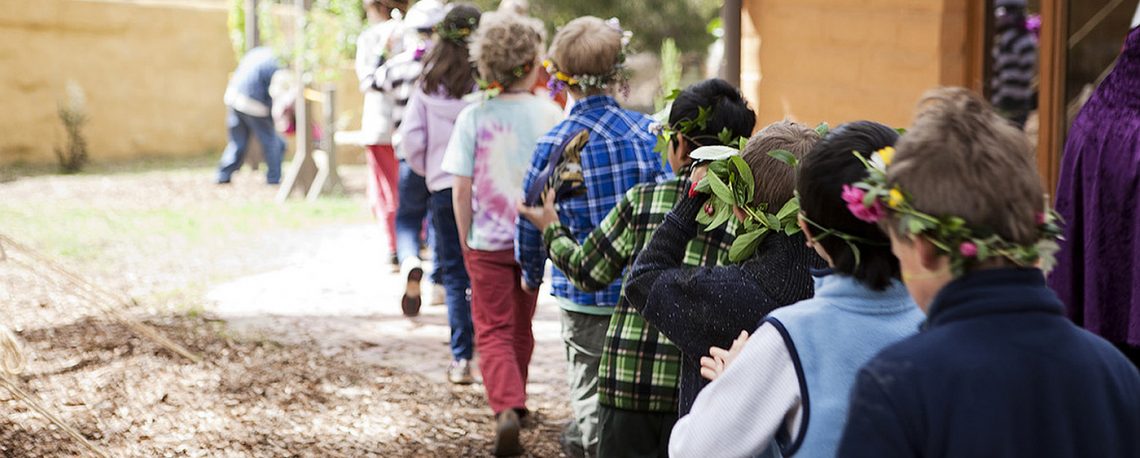Curriculum Themes for Class One
In Class One the most important way to meet the children’s needs is in the way the content is introduced. The gradual change from activity and imitation in kindergarten to a more formal approach to learning in Class One is facilitated by fostering the children’s feeling life, through stories, pictures, songs and rhythm. These help to connect new concepts to the child’s own experience.

Fairy Stories and Folk Tales
Traditional tales based on archetypal images nurture the child’s sense of wholeness and morality. Fairy and folk stories convey the assurance that Good overcomes Evil, and contain archetypal pictures of the individual striving to find their way in the world, often assisted by nature. They have a dream-like quality in which the constraints of time and space do not apply. This mirrors the child’s consciousness at this age, which is not yet connected to the stream of time. European stories can be supplemented with stories of other countries, particularly from indigenous Australian cultures, provided they contain the archetypal and dream-like qualities appropriate for this age group.
Nature Experiences
Children at this age are still developing their sense of an isolated self and so retain strong identification with the world around them, giving them a natural connection to the world of nature. Nature stories and nature activities, particularly those showing the seasons and cycles of the natural world, connect to their native state of inter-relatedness with humankind, nature and the heavens; hence, nature and the elements are personified in story content. Seasonal festivals and seasonal cooking are celebrated, and nature walks are normally included on a weekly basis.
Form Drawing and Dynamic Drawing
Form drawing is a preparation for writing letters and numbers. Abstract symbols are brought to life through physical activity: before putting them on paper, the children form shapes and movements with their bodies and walk the shapes on the ground.

Letters of the Alphabet
The letters are introduced through the qualities of spoken sound; consonants are presented through stories and pictures chosen for their relationship to the nature of that letter, while vowels are presented as expressions of feeling. Each letter then develops its own special significance.
The four Mathematical Processes
These are also introduced through personification in story and picture, giving character and moral qualities to these abstract concepts; for example, the additional character may accumulate and hoard his wealth, while the division character may divide and share his kingdom.
Themes in Main Lessons
Fairy Tales (usually 3-4 main lessons, focusing on developing literacy)
Introduction to Numerals (usually 2+ main lessons)
The four mathematical processes (usually 2+ main lessons)
Nature study/home surroundings (nature, festivals, food – 3 lessons)
Themes in practice (subject) lessons
Guided free play, games and group activities to help social interaction
Games to support literacy and numeracy, simple concentration games
Music connected with the main lesson themes
Artistic work, modelling etc on main lesson themes reinforce the beauty of nature
Possible Main Lessons in Class One
Form Drawing – English, Maths,
Introduction to Letters – English
Introduction to Numbers – Mathematics
Introduction to Recorder – Creative Arts (Music)
Autumn Tales – Science, English
Traditional Folk and Fairy Tales – English
Introduction to the 4 Processes – Mathematics
Introduction to Lower Case Letters – English
The 4 Processes – Mathematics
Spring Stories – Science, English
Word Families – English
Numeration (cardinal, ordinal, odd and even numbers) – Mathematics
Play Performance – English, Creative Arts (Drama)

